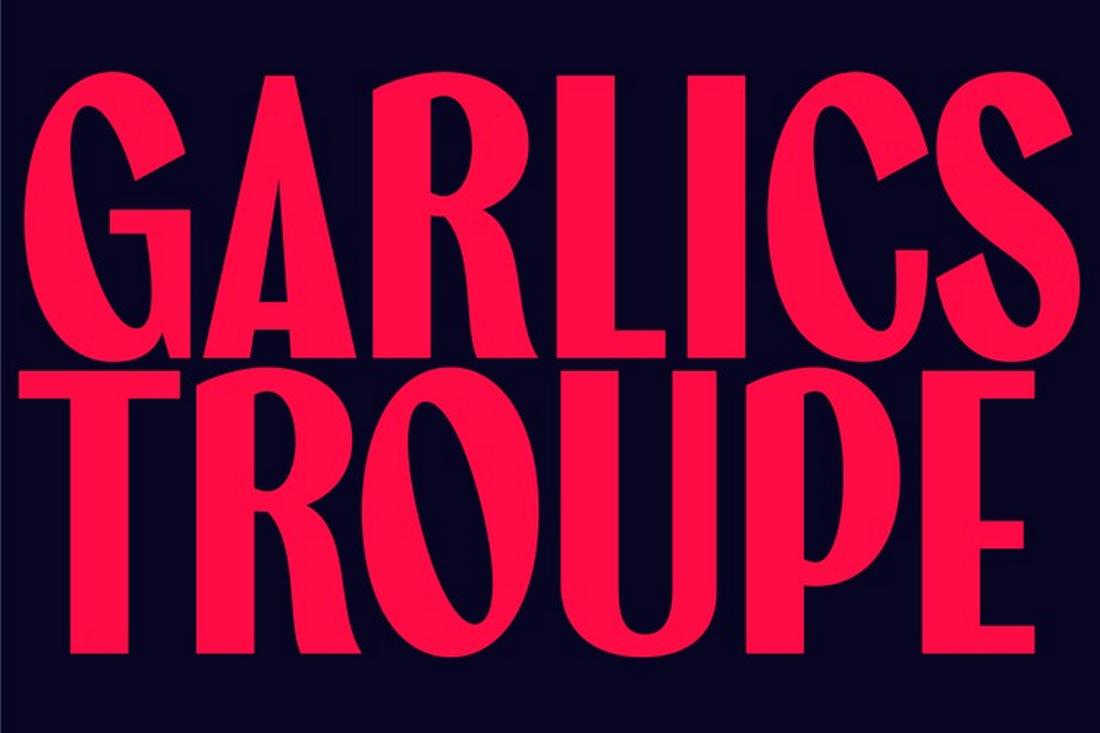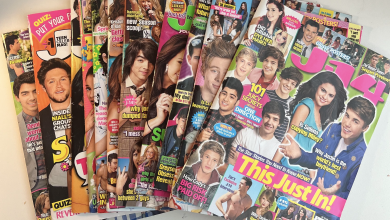
How to Choose the Perfect Italian Font for Your Design
1. Understand the Context and Purpose of Your Design
The first step in selecting an Italian font is understanding the purpose and context of your design. Italy is known for its rich culture, from Renaissance art to modern fashion, so the type of project will determine which font best suits your needs.
- For restaurants or cafes: You may want to evoke a rustic or traditional Italian feel. Fonts that mimic hand-written calligraphy or serif typefaces reminiscent of classic Roman inscriptions could be a good choice.
- For luxury brands: A sleek, modern serif or sans-serif font might better capture the sense of sophistication and elegance associated with Italian high fashion or upscale services.
- For travel or cultural projects: A typeface inspired by Italian landmarks or artistic movements can help evoke a sense of place and history.
Being clear on your project’s objectives will help you narrow down your font choices.
2. Know Your Font Categories
Italian fonts can be broadly categorized into a few different styles, each with distinct features that will suit various design applications. Let’s explore the main categories:
- Serif fonts: These are fonts that have small lines or strokes attached to the end of larger strokes in a letter or symbol. Serif fonts often convey tradition, authority, and heritage. Some examples with an Italian touch include:
- Bodoni: Designed by Italian typographer Giambattista Bodoni, this font is known for its high contrast between thick and thin lines. It’s ideal for luxury branding or editorial designs.
- Trajan: Inspired by classical Roman inscription, this font has a timeless elegance and works well for serious or cultural projects.
- Sans-serif fonts: Sans-serif fonts are modern and minimal, often used to create a clean and contemporary look. They’re widely used in modern Italian design, including high-end fashion and architectural branding. Examples include:
- Helvetica Neue: Though not Italian, it’s commonly used in Italian design for its clarity and functionality.
- Univers: A versatile font that works in a variety of settings, often seen in Italian luxury and high-end designs.
- Script and calligraphy fonts: These fonts are inspired by handwriting, perfect for evoking a personal or artistic touch. Popular for restaurant logos, wedding invitations, or fine dining menus, they lend an intimate and artistic feel.
- Cursive Script: This font style is ideal for evoking Italy’s romantic, artistic side.
- Brush Script: A more casual and hand-drawn typeface, great for rustic, cozy, or vintage Italian-themed projects.
3. Consider Historical and Cultural Significance
When choosing an Italian font, consider how the font reflects Italy’s history and culture. Italian design, from Renaissance art to 20th-century modernism, can be captured through the fonts you choose.
- Renaissance Influence: During the Italian Renaissance, many fonts were developed with a classical and humanist approach. Fonts like Bembo and Garamond capture the scholarly and artistic spirit of this period.
- Futurism and Modernism: Italy has also been home to avant-garde movements like Futurism, which rejected tradition and embraced speed, technology, and modernity. Fonts inspired by Italian modernism, such as Futura or Eurostile, carry a bold, geometric, and forward-looking feel.
By selecting a font that reflects Italy’s deep-rooted artistic tradition, you not only make your design more authentic but also connect it to a broader cultural narrative.
4. Focus on Readability and Practicality
While aesthetic appeal is important, readability and practicality should not be overlooked. Here are some tips for ensuring your Italian font is functional:
- For logos and branding: Make sure the font is scalable and recognizable even in small sizes. Complex fonts may lose detail when used in logos, so opt for fonts that maintain clarity at different sizes.
- For websites and mobile apps: Web fonts should be optimized for screen use. Sans-serif fonts like Open Sans or Lato offer great legibility on digital platforms while maintaining a sleek, modern look.
- For print materials: High-contrast serif fonts, such as Bodoni, work well for editorial layouts, magazines, and brochures. Ensure that the font remains legible in body text, especially for longer passages.
5. Pairing Fonts
Font pairing is an essential aspect of any design. The right combination of fonts can elevate your project, while poor font pairing can make it look disjointed.
- Complementary Pairings: A good rule of thumb is to pair a serif font with a sans-serif font for contrast. For example, pairing Bodoni (serif) with Helvetica (sans-serif) creates a balance between tradition and modernity.
- Matching Style and Tone: Ensure that both fonts match the overall tone of the project. For example, avoid pairing a formal serif font with a highly decorative script font unless you’re deliberately trying to create tension in your design.
6. Testing and Feedback
Finally, once you’ve selected a font or a combination of fonts, always test it in the context of your design. Ask for feedback from colleagues or clients to ensure the font conveys the right message and emotion. Additionally, consider how the font interacts with other elements of your design, such as color, images, and spacing.
Conclusion
Choosing the perfect Italian font for your design requires a deep understanding of your project’s context, a good grasp of typography categories, and a nod to Italy’s rich cultural history. Whether you’re aiming for a luxurious, modern feel or a rustic, traditional look, there is a wealth of Italian-inspired fonts to explore. By following these guidelines and balancing aesthetics with practicality, you can find a font that not only looks beautiful but also enhances your design’s communication.



